Sports nutrition is a fairly new yet fast moving and dynamic field. It continually evolves as new research and innovative technologies reshapes understanding and application of how nutrition affects health and athletic performance. Recently, I had the opportunity to attend a Study Day titled – SPRINT: Advancing Sports Nutrition Through Innovation and Technology. Numerous experts delved into latest trends and advances in the field. In this blog post, I will share some of the key takeaways from the event.

1. Advancing Sports Nutrition Through Innovation and Technology – Behaviour, health and performance – Dr Ian Rollo, GSSI International
This was a fascinating insight into some new technology that has been introduced to elite level sport and is now filtering down to general population. I was particularly interested in the GX Sweat Patch to look at sweat rate and sodium losses. With dehydration causing a recognised negative impact on performance, this technology could be significant for many of my clients. It will enable personalised advice to be given to clients regarding their hydration strategy.
2. Female Athlete Health – Dr Richard Burden
This talk raised the issue of the lack of research and evidence into female athlete needs. The other key take home message was the need for ‘individualisation.’ With much recent focus on ‘training with your period,’ ‘women are not small men,’ and the menopause, it is really important to remember about individual needs. Despite what science may tell us, every individual will respond differently physically and psychologically. Developing an open and honest relationship with clients is more important to support athletes’ health through training and competition. Dr Burden introduced the audience to the use of saliva testing and the benefits for individualisation this can bring.
3. Glucose Metabolism at rest and during exercise – Dr Nicola Guess, University of Oxford.
Continuous glucose monitoring (CGM) is very fashionable recently in both the health and sport space. Due to its recent innovation (aside for Diabetes patients), there is only data from the last ten years. The technology has quickly been evolving over this time, from slightly inaccurate and invalid, to fairly robust. Therefore, the data that has been generated, may have been using some less sophisticated equipment. Although the use of CGM can provide some interesting data to measure fasting glucose levels, glucose use during exercise and potentially responses to some foods, there are many other confounding factors that may affect the results. A useful tool providing some interesting data, but one to be used with caution.
4. CGM Applications – Sian Rilstone, Imperial College NHS Trust.
This talk followed on neatly providing application for the evidence and information from Nicola. Sian highlighted some issues with CGMs including the problem with the monitors staying attached to the arm (or abdomen) and the potential issue in contact sports. As previously mentioned, there are many factors such as stress, level of activity, location of sensor and age of sensor, that can affect the accuracy and validity of the data collected. However, they would prove useful to identify overtraining and when to fuel.
5. Maurten hydrogel – Dr Joshua Rowe, Maurten.
The initial idea for Maurten gels came from a desire to minimise dental issues brought about through use of carbohydrate drinks and gels. The resulting product has been so successful it is used by all the leading male and female marathon runners. Maurten drinks and gels use an alternative hydrogel technology to deliver carbohydrate to the small intestine which minimises sloshing and GI issues as there is less time in the stomach. This is definitely a product I will be recommending to clients who suffer with GI issues.
Sponsors
The whole event was supported by a range of carefully selected sponsors who provided an overview of their service / products and some samples.
1. Danone Get Pro – Danone has a range of protein products we were lucky enough to sample. I tried the vanilla yoghurt with 15g of protein. It was delicious and did not have the artificial protein / sweetener taste you often get with ‘high protein’ products.

2. Hexis – This piece of technology aims to bridge the behaviour change gap. Through their app clients can sync training with meal recommendations to provide a holistic approach to training.
3. Cellular fitness – these products provide the 78+ electrolytes the body needs both for training and overnight balance. Ingredients in the products work together to hydrate, lubricate joints and mitigate against illness.
4. Biotiful Gut Health – Biotiful started with Kefir products, and have now expanded to include yoghurt, plant based and children products. Another delicious product I was lucky enough to sample.
AI in Sports Nutrition
The day finished with an interesting panel discussion on the use of AI in Sports Nutrition. A very useful tool – with the oversight of an educated and experienced practitioner.
Conclusion
My first visit to the Sport and Exercise Nutrition Study Day was an eye-opening experience, revealing the exciting advancements that are shaping the world of sports nutrition. As interesting and informative as all the talks were, my favourite part of the day was speaking to other sports nutritionists. It was lovely to put faces to the hosts of podcasts I have listened to and discussion groups I have been part of. Making new friends and sharing wins and offering / receiving advise was the most valuable part of the day. I left the event feeling energised and excited about my current and future contribution to the world of Sports Nutrition.


